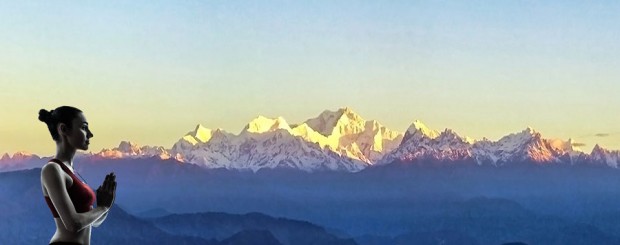About Bhairava

Bhairava is a Shaivite deity worshiped by Hindus. In Shaivism, he is a fierce manifestation of Shiva associated with annihilation. In Trika system Bhairava represents Supreme Reality, synonymous to Para Brahman. Generally in Hinduism, Bhairava is also called Dandapani, as he holds a rod or Danda to punish sinners, and Swaswa, meaning "whose vehicle is a dog". In Vajrayana Buddhism, he is considered a fierce emanation of boddhisatva Mañjuśrī, and also called Heruka, Vajrabhairava, and Yamantaka.




















